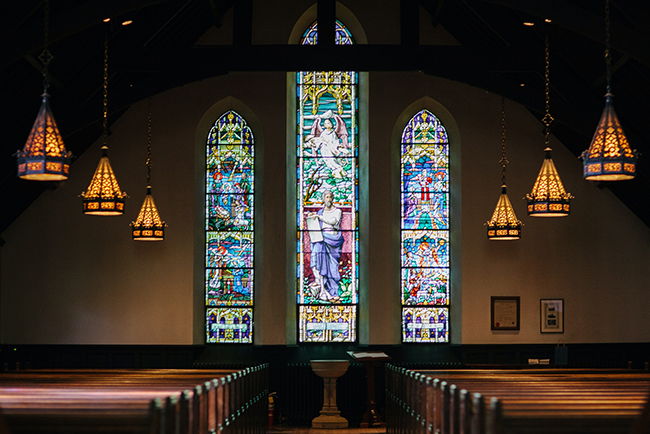
For the first time in the history of the General Social Survey, more than 1 in 3 Americans say they never attend church.
By Aaron Earls
For a growing percentage of U.S. adults, going to church is not part of their experience. It’s not that they rarely attend, but that they never walk through the church doors.
For the first time in the history of the General Social Survey (GSS), more than 1 in 3 Americans say they never attend religious services.
One of the largest sociological studies in the country, the GSS has been tracking the beliefs and behaviors of U.S. adults for more than 50 years. In the latest survey, 34% say they never attend a religious service, up from 31% in 2021.
Additionally, for the first time, those who never attend church outnumber those who regularly attend. Slightly fewer than a third (32%) of Americans say they attend religious services at least monthly.
For the first time, the percentage of Americans who never attend church (34%) is higher than those who regularly attend (32%), according to the General Social Survey. Click To TweetU.S. adults are essentially divided into thirds according to their connection with a local congregation. One-third never attend; one-third sporadically attend; and one-third regularly attend. Specifically among those who have a tenuous connection with a church, 11% attend less than once a year, 13% attend once a year, and 10% attend several times per year.
Among those with regular religious service attendance, 4% attend monthly, 5% attend two to three times a month, 4% attend nearly every week, 13% attend weekly, and 5% attend more than weekly.
5 groups most likely to never attend
Not every demographic in the U.S. is staying away from religious services, but some specific segments are more likely to say they completely avoid church.
Young adults
Two in 5 adults under 35 (40%) say they never attend religious services. While it may have been common in recent years for churches to be missing younger adults, that age range wasn’t always an outlier. As recently as 2004, across every age demographic, the percentage who never attended was within 2 percentage points of each other, ranging between 15% and 17%.
In recent decades, however, the rate of younger adults never attending church has accelerated, while the percentage among older groups has continued increasing but at a slower rate.
In recent decades, the rate of younger adults never attending church has accelerated, while the percentage among older groups has continued increasing but at a slower rate. Click To TweetLifeway Research found 66% of Americans who attended church regularly for at least one year as a teenager eventually dropped out of church for at least one year as a young adult. Some of those who are never attending used to be an active part of a local church.
Lower- and working-class Americans
Churches are increasingly losing Americans who see themselves as lower or working class. In 2022, almost half of self-identified lower-class Americans (47%) said they never attend religious services, a 14-point jump from the 33% who said so in 2021. Among working-class adults, 35% say they never attend. Meanwhile, 30% of the middle class and 24% of the upper class say they never attend religious services.
Similar trends exist with education levels; 42% of Americans with less than a high school diploma, 36% of those with a high school education, and 28% with a college degree say they never attend church.
Never married
Two in 5 Americans who have never been married (40%) say they never attend religious services. As churches are often geared toward families, those who have only ever been single may feel as if congregational life is not for them.
Previously, similar percentages of never-married and divorced adults said they never attended church, but that began to shift around 10 years ago. Since then, the percentage of divorced adults who never attend has ranged from 29% to 33%. Meanwhile, the percentage of never-attending never-married adults has steadily grown from 32% to 40%.
Those who are married (30%) or widowed (31%) are the least likely to say they never attend.
Non-Republicans
No partisan gap in church attendance existed through the mid-90s. More independents regularly said they never attended, but Republicans and Democrats reported similar non-attendance rates until 1996, after which the two parties began to pull apart in the pews.
Independents (38%) remain the most likely to say they never attend church, followed closely now by Democrats (35%). Republicans (22%) are the least likely to say they never attend church. The partisan gap could be accelerating based on churchgoers increasingly saying they want to attend a church where people share their political views, according to a 2022 Lifeway Research study.
Men
Today, more than 38% of men say they never attend religious services, compared to 30% of women. A gender gap in the pews is not necessarily unique. Only once in the history of the GSS have women been more likely than men to say they never attend— in 1976, 13% of women and 11% of men.
In 2021, the deficit had narrowed to 2 points (32% v. 30%) and had been shrinking in previous years, but a spike among men stretched the gap back up to eight points in 2022.
For permission to republish this article, contact Marissa Postell Sullivan.












